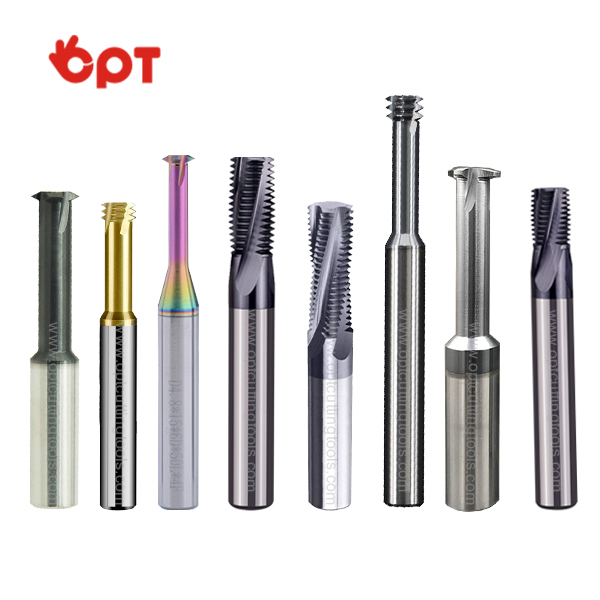A thread milling cutter is a cutting tool used to create internal or external threads in a workpiece. Unlike traditional tapping methods, where a tap is used to cut threads one at a time, thread milling cutters can create multiple threads simultaneously, resulting in a more efficient and accurate process.
Thread milling cutters are an essential tool in the manufacturing industry, used for creating precision threads in a variety of materials. Whether you are a seasoned professional or a novice machinist, understanding the ins and outs of thread milling cutters is crucial to achieving high-quality results in your machining projects.
Types of Thread Milling Cutters
There are two main types of thread milling cutters: solid carbide and indexable. Solid carbide thread milling cutters are made from a single piece of carbide material and are known for their high precision and durability. Indexable thread milling cutters, on the other hand, use replaceable inserts to achieve the desired thread profile and are favored for their cost-effectiveness and versatility.
How to Use Thread Milling Cutters
Using a thread milling cutter requires careful planning and precise execution. Before starting the machining process, it is essential to select the appropriate cutter size, thread pitch, and material-specific parameters. Additionally, proper tool setup and alignment are crucial for achieving accurate thread profiles and avoiding tool breakage.
Advantages of Thread Milling Cutters
Thread milling cutters offer several advantages over traditional tapping methods. These include the ability to create threads in harder materials, improved tool life, and the flexibility to produce threads with various profiles and sizes. Additionally, thread milling can often be faster than tapping, especially for larger thread sizes.
Common Challenges and Solutions
While thread milling cutters offer many benefits, machinists may encounter challenges such as chip evacuation, tool deflection, and thread quality issues. To overcome these challenges, it is important to pay close attention to cutting parameters, tool selection, and machining strategies. Additionally, using high-performance cutting fluids and adopting proper tool path strategies can help minimize these issues and improve overall machining efficiency.
Best Practices for Optimal Results
To achieve optimal results with thread milling cutters, it is crucial to follow best practices such as proper tool selection, adequate cutting parameters, and regular tool maintenance. Additionally, staying updated on the latest advancements in thread milling technology and techniques can help machinists stay ahead of the curve and produce superior thread profiles consistently.
Mastering the use of thread milling cutters is essential for achieving precise and efficient thread machining. By understanding the different types of thread milling cutters, best practices, and common challenges, machinists can elevate their threading capabilities and produce high-quality threads in a wide range of materials. Whether you are a seasoned professional or just starting, investing time in learning about thread milling cutters is a worthwhile endeavor for anyone in the manufacturing industry.
Post time: Feb-26-2024


